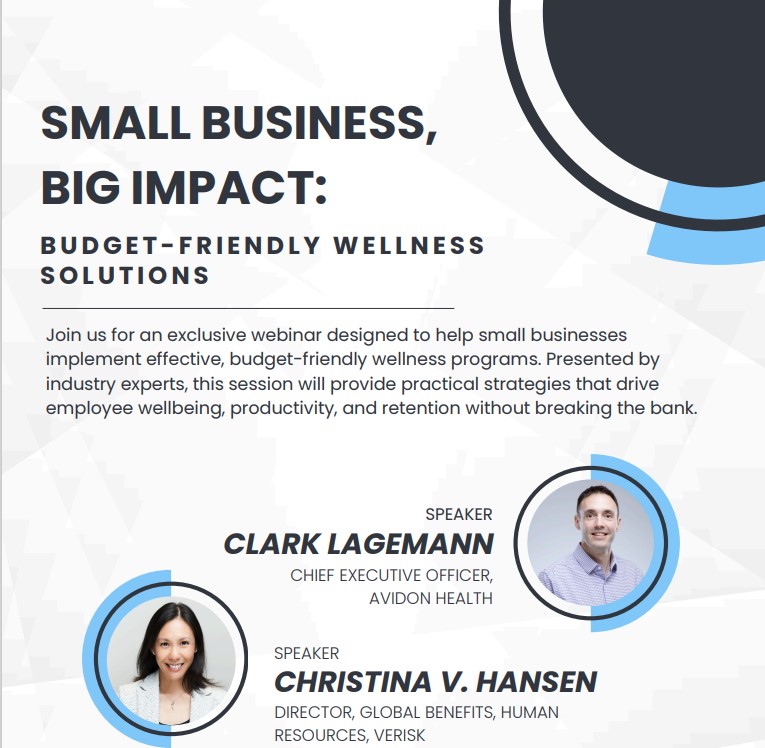A Beginner’s Guide to Intermittent Fasting

Introduction
Looking to improve your health, manage your weight, or simplify your relationship with food? Intermittent fasting (IF) is a valuable tool. Fasting, the practice of voluntarily abstaining from food for specific periods, has exploded in popularity for its potential health and wellness benefits. This guide will walk you through the basics of intermittent fasting, explaining what it is, how it works, and how to get started safely. We’ll focus on practical tips and shorter-term methods, making IF accessible and achievable for everyone. While the world of fasting can sometimes seem complex, packed with buzzwords and even questionable products, we’ll cut through the confusion and provide you with clear, actionable information.
Understanding the Basics of Fasting
Before diving into specific methods, it’s essential to understand the core principles of fasting. Fasting isn’t about starving yourself; it’s about strategically timing your eating periods to allow your body to utilize stored energy and potentially trigger beneficial cellular processes (Autophagy). It’s crucial to distinguish between different types of fasting, as they have varying levels of intensity and potential risks.
Why fasting matters:
Modern life has placed us in a unique position regarding food. Basically, we’ve become the fox guarding the henhouse. With drive through food, refrigerators, and snacks in every cupboard, we’re constantly eating. It turns out our bodies weren’t designed for constant feeding; rather, they need time to rest and perform cellular cleanup. By constantly bombarding our bodies with food (most people’s longest fast is when they sleep) we’re committing metabolic self-sabotage. With minimal effort, we can help our body lose some weight, increase insulin sensitivity, and encourage the natural process of autophagy.
Exploring Different Fasting Methods
Intermittent Fasting (IF): A Beginner-Friendly Approach
Intermittent fasting (IF) is the most accessible starting point for those new to fasting. It involves cycling between eating and fasting periods on a regular schedule. This approach focuses on when you eat, rather than what you eat, making it more sustainable.
Popular IF Schedules:
- 12/12 Method: This is an excellent entry point for beginners. It involves a 12-hour fasting period followed by a 12-hour eating window. This might look like eating between 7 am and 7 pm, then fasting from 7 pm to 7 am. It’s often a natural pattern for many and a good way to ease into IF.
- 14/10 Method: A step up from the 12/12, this method involves a 14-hour fast and a 10-hour eating window.
- 16/8 Method: This common method involves a 16-hour fasting period followed by an 8-hour eating window. For example, you might eat between noon and 8 pm and fast for the remaining 16 hours.
- 5:2 Diet: This variation of IF involves eating normally for five days of the week and significantly restricting calories (around 500-600 calories) on two non-consecutive days. It’s important to choose healthy, nutrient-dense foods on the restricted calorie days.
Time-Restricted Eating (TRE)
Time-Restricted Eating (TRE) is a type of intermittent fasting that focuses specifically on limiting the time window during which you consume calories. A healthy diet is always recommended, but TRE doesn’t restrict your food choices. Although people often use TRE and IF interchangeably, some differentiate TRE as a more flexible approach, focusing on the eating window’s duration rather than strict meal timing. For example, someone following a TRE approach might simply aim to eat all their meals within a 10-hour window, regardless of the specific times.
Fasting Mimicking Diet (FMD)
The Fasting Mimicking Diet (FMD), developed by Dr. Valter Longo and his team at the University of Southern California, is a 5-day dietary program designed to mimic the effects of fasting while allowing the consumption of specific foods. It’s a structured approach that aims to promote health benefits. Because FMD has a specific protocol, it’s important to do thorough research beforehand. Many resources are available online detailing how to construct your own FMD protocol.
Prolonged Fasting (PF):
Prolonged fasting (PF), defined as fasting for 24 hours or more, can pose risks and requires a doctor’s consultation beforehand. This is not a beginner-friendly approach. PF can negatively interact with certain medications and medical conditions. The health benefits of prolonged fasting are myriad. Depending on how you adapt to short-term fasting, it may be something to look into once you’ve experienced success with IF.
Getting Started with Intermittent Fasting: A Step-by-Step Guide
- Consult Your Healthcare Provider: Before starting any fasting regimen, including IF, it’s crucial to discuss it with your doctor, especially if you have any underlying health conditions, are pregnant or breastfeeding, or are taking medications.
- Choose a Method:For beginners, we recommend using the 12/12 or 14/10 IF method.
- Start Gradually: Don’t jump into a strict fasting schedule overnight. Gradually adjust your eating window to allow your body to adapt.
- Stay Hydrated: Drink plenty of water, especially during fasting periods. You can also consume black coffee, unsweetened tea, or plain electrolytes to help manage hunger and maintain electrolyte balance. For an extra boost, green tea and hibiscus tea are both natural appetite suppressants and anti-inflammatory.
- Focus on Nutrient-Dense Foods: During your eating window, prioritize whole, unprocessed foods. Overly processed foods spike glucose, aren’t nutrient dense, and tend to not leave you satiated for as long.

- Listen to Your Body: Pay attention to how you feel. If you experience excessive hunger, dizziness, fatigue, or other concerning symptoms, try a light snack (fruit or veggies) or fully break the fast and consider adjusting your schedule for the next day.
- Be Patient and Consistent: It may take some time for your body to adjust to fasting. Consistency is key to seeing potential benefits.
Addressing Common Concerns
- Hunger: Hunger is a common side effect, especially in the initial stages of fasting. Staying hydrated and consuming sufficient protein during your eating window can help manage hunger. Also, try not to dwell on the fact you “can’t” eat. Avoid browsing recipes, cooking shows, or planning your next feast.
- Social Situations: Navigating social events while fasting can be challenging. Plan ahead (possibly switch your window timing) or communicate your dietary choices to friends and family.
- Exercise: You can generally continue exercising while fasting, but it’s important to listen to your body and adjust your workout intensity as needed. Always be mindful of the onset of any dizziness. Tone it down or consider moving your workout times closer to your last meal.
Conclusion
Fasting, particularly intermittent fasting, can be a valuable tool for improving health and well-being when done correctly. By starting gradually, listening to your body, and consulting with your healthcare provider, you can safely and effectively incorporate fasting into your lifestyle. Remember, consistency is key. Be mindful of too much processed foods. You only fail if you quit trying. Better health awaits!








 Are digital tools being utilized effectively to monitor progress and encourage participation?
Are digital tools being utilized effectively to monitor progress and encourage participation?









 offers a reliable measure of sleep quality, allowing you to help clients address sleep-related issues that impact health.
offers a reliable measure of sleep quality, allowing you to help clients address sleep-related issues that impact health.



 Incentives play a major role in motivating employees to participate in wellness programs. When employees are rewarded for participating in activities or meeting wellness goals, they are more likely to stay engaged. Rewards can range from small perks like gift cards to larger incentives like extra vacation days or wellness-related prizes.
Incentives play a major role in motivating employees to participate in wellness programs. When employees are rewarded for participating in activities or meeting wellness goals, they are more likely to stay engaged. Rewards can range from small perks like gift cards to larger incentives like extra vacation days or wellness-related prizes.